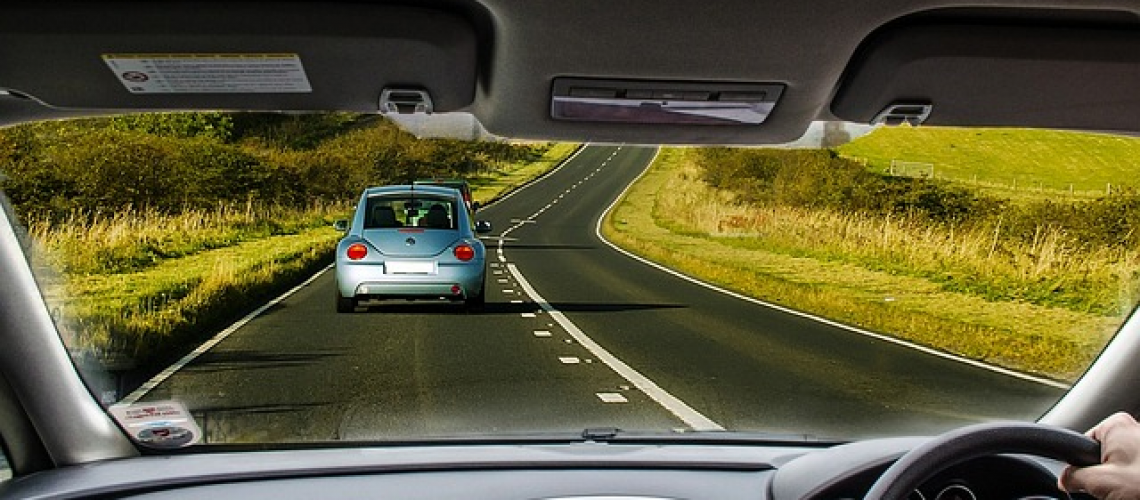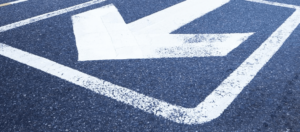- 6001 Elvas Ave, Sacramento
- (916) 451-5176

A traffic control zone is a designated area on a roadway where construction, maintenance, or other temporary activities occur. These zones are put in place to protect workers, drivers, and pedestrians and ensure safe and efficient traffic flow.
Traffic control devices, such as traffic signs and signals, are used to guide drivers through the zone and alert them to any hazards or changes in the roadway.
The temporary traffic control zone generally has five sections: the advanced warning area, the transition area, the buffer area, the work area, and the termination area.
Overall, the five main components of a traffic control zone and traffic control devices are designed to protect workers, drivers, and pedestrians and to ensure safe and efficient traffic flow during construction, maintenance, or other temporary activities.
The Manual on Uniform Traffic Control Devices (MUTCD) is the national standard for all traffic control devices used on public roads in the United States. It is issued by the Federal Highway Administration (FHWA) and is regularly updated to reflect the latest best practices and technologies in traffic control.
The MUTCD covers a wide range of topics related to traffic control, including road markings, signs, signals, and pavement markings. It is designed to ensure that traffic control devices are used consistently across the country, regardless of location. This helps to reduce confusion and improve safety for all road users.
One of the critical features of the MUTCD is its use of standard colors and shapes for traffic control devices. For example, red is used for stop signs and signals, yellow is used for caution signs, and green is used for direction signs. These standard colors and shapes help to ensure that road users can quickly and easily identify and understand the purpose of different traffic control devices.
In addition to standard colors and shapes, the MUTCD also specifies the size and placement of traffic control devices. For example, stop signs must be octagonal and placed at an appropriate height and distance from the road to ensure that they are easily visible to road users.
Overall, the MUTCD is an essential resource for anyone involved in traffic control device design, installation, or maintenance. It is widely recognized as the most common traffic control standard in the United States, and states, cities, and other jurisdictions across the country follow its guidelines.

Traffic control guidelines are the principles and practices used to manage and regulate the vehicles and pedestrian movement on roads and highways. These guidelines are designed to ensure the transportation system’s safe and efficient operation and reduce the risk of accidents and injuries.
Many different traffic control guidelines are used to manage the flow of traffic, including:
Road users can help ensure the transportation system safe and efficient operation by following these traffic control guidelines.
In conclusion, the Manual on Uniform Traffic Control Devices (MUTCD) is the most common traffic control standard in the United States, providing guidelines and recommendations for using traffic control devices on all public roads to ensure to control traffic volumes . You can contact Capitol Barricade traffic for more information if you have any questions about traffic control equipment, road signs, or traffic signal controller, or need assistance developing a control plan with the help of our professional traffic control supervisors.
We are a traffic control company in Sacramento leading the way in intelligent transportation systems providing technical expertise and traffic control products and construction work zones, signs and signals for over 50 years. Call us today and one of our staff will be happy to help you find the solutions you need to revolutionize how traffic flows on roadways.